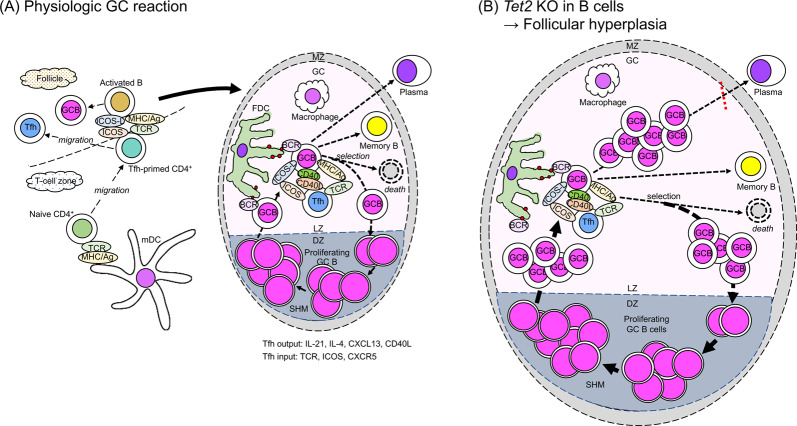Fig. 2. Physiologic and non-physiologic germinal center reactions.
(a) Germinal center reaction in physiologic condition. Both Tfh-primed cells and B cells together form the GC, where GC B cells begin proliferating at the dark zone and undergo somatic hypermutation. In the light zone, FDCs participate in the network and contribute to selection of affinity-matured GC B cells. In the light zone, GC B cells make one of the three choices: re-entry to the dark zone, differentiation into plasmablast/plasma cells, or differentiation into memory B cells. For all of these processes, CD40 ligand (CD40L) expressed on the Tfh cell membrane and interleukin-21 (IL-21), IL-4, and CXCL13 secreted by Tfh cells play important roles in GC B-cell activation. Engagements of MHC class II, CD40, and ICOS ligand on GC B cells with the TCR, CD40L, and ICOS on Tfh cells, respectively, are of particular importance in terms of direct cell-to-cell contact. Also see the text for additional explanations. (b) Germinal center reaction in the presence of Tet2 disruption in B cells shown in mice. Follicular hyperplasia is caused by impaired exit of GC B cells from the GC light zone. Tfh follicular helper T cell, GCB germinal center B cell, activated B activated B cell, Tfh-primed CD4+ Tfh-primed CD4+ T cell, naive CD4+ naive CD4+ T cell, memory B memory B cell, mDC myeloid dendritic cell, FDC follicular dendritic cell, HSC hematopoietic stem cell, Th1 T helper 1 cell, eosino eosinophil. ICOSL ICOS ligand, MHC/Ag antigen presented on major histocompatibility complex, TCR T-cell receptor, CD40L CD40 ligand, BCR B-cell receptor, VEGF vascular endothelial growth factor. GC germinal center, LZ light zone, DZ dark zone, BM bone marrow, LN lymph nodes. SHM somatic hypermutation, mut mutation. Red closed circles indicate antigen localized on FDC.

